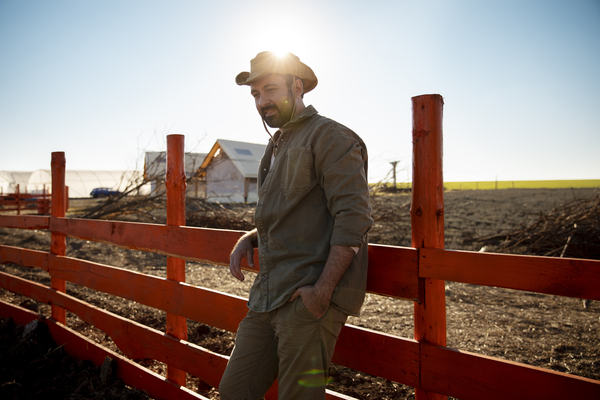Farmers spend the majority of their time working outdoors, tending to their crops and livestock. As a result, they are often exposed to the sun’s harmful rays for extended periods of time. Excessive sun exposure can lead to a variety of health problems, including sunburn, heat stroke, eye damage, and, in some circumstances, skin cancer. According to the Irish Cancer Society, skin cancer is the most common type of cancer in Ireland, with over 13,000 new cases diagnosed each year and this figure is expected to double by 2040.
Skin cancer occurs when skin cells become abnormal and this is caused by UV light radiation from the sun, or from sunbeds. With Ireland experiencing an increase in sunshine hours and rising temperatures in the coming months, it is crucial for Irish farmers to prioritise sun safety.
Sun protection should be part of your everyday routine, especially between the months of May and September, regardless of whether the sky is cloudy or clear. According to the IFA, Irish Farmer’s Association, farmers and farmworkers are exposed to two to three times more UV radiation from the sun than people working indoors. As a result of this exposure, they are at a higher risk of developing skin cancer. Below, we provide valuable tips and insights to help farmers stay safe in the sun while maintaining their productivity and well-being.
Understand the Risks
The sun’s ultraviolet (UV) radiation can cause immediate damage and have long-term effects on the skin. Farmers should be aware of the risks associated with excessive sun exposure. Recognising these risks is the first step towards implementing effective sun safety measures.
Before doing any work outside, farmers should first check the UV index in their area. This information can be easily accessed on the Met Éireann website. By staying informed, farmers can take proactive measures to protect themselves from excessive sun exposure.
Time Your Activities
Plan your day strategically by scheduling outdoor tasks during periods of lower UV radiation. Aim to work in the early morning or late afternoon when the sun is less intense. During midday, when the sun’s rays are strongest, take breaks or focus on indoor or shaded activities.
Wear Protective Clothing
Clothing acts as a crucial barrier against harmful UV radiation. Farmers should opt for long-sleeved shirts made from lightweight, breathable fabrics that provide maximum coverage without causing discomfort. Also wear a hat that gives shade to your face, neck, and ears. Additionally, consider wearing UV-protective sunglasses to shield your eyes from the sun’s glare and harmful rays.
Apply Sunscreen
Even with protective clothing, it is essential to use sunscreen, especially on areas of the skin that are exposed. Choose a broad-spectrum sunscreen with a minimum sun protection factor (SPF) of 30 or higher, and apply it 20 minutes before going outside and re-apply every two hours – more often if swimming or perspiring. Apply sunscreen generously to all exposed areas, including the face, neck, ears, and hands.
Seek Shade
UV rays are at their strongest, generally between 11 am and 3 pm. When taking breaks or having meals, find shaded areas to rest. A portable umbrella can provide additional protection. Utilise natural shade from trees or create temporary structures to shield yourself from direct sunlight, especially during the hottest parts of the day.
Stay Hydrated
Working in the sun can lead to dehydration and heat-related illnesses. Drink plenty of water throughout the day, even if you do not feel thirsty. Farmers should always have a water bottle packed and drink plenty of it throughout the day. It may be an idea to have a number of drink bottles filled with water in a convenient location (e.g. shearing shed fridge)—then you can grab them as needed throughout the day. Avoid excessive caffeine and alcohol consumption, as they can contribute to dehydration.
Take Regular Breaks
Farming often involves physically demanding tasks that can increase the risk of heat exhaustion or heat stroke. Take regular breaks in shaded areas to rest, cool down, and rehydrate. Use these breaks to assess your well-being and monitor for any signs of heat-related illnesses, such as dizziness, fatigue, nausea, or confusion.
As warmer summer months are swiftly approaching, it is crucial for farmers to prioritise sun safety while carrying out their essential work. By understanding the risks, implementing preventive measures, and taking care of their well-being, farmers can protect themselves from harmful UV radiation and minimise the long-term effects of sun exposure. Remember, a proactive approach to sun safety can safeguard your health.



